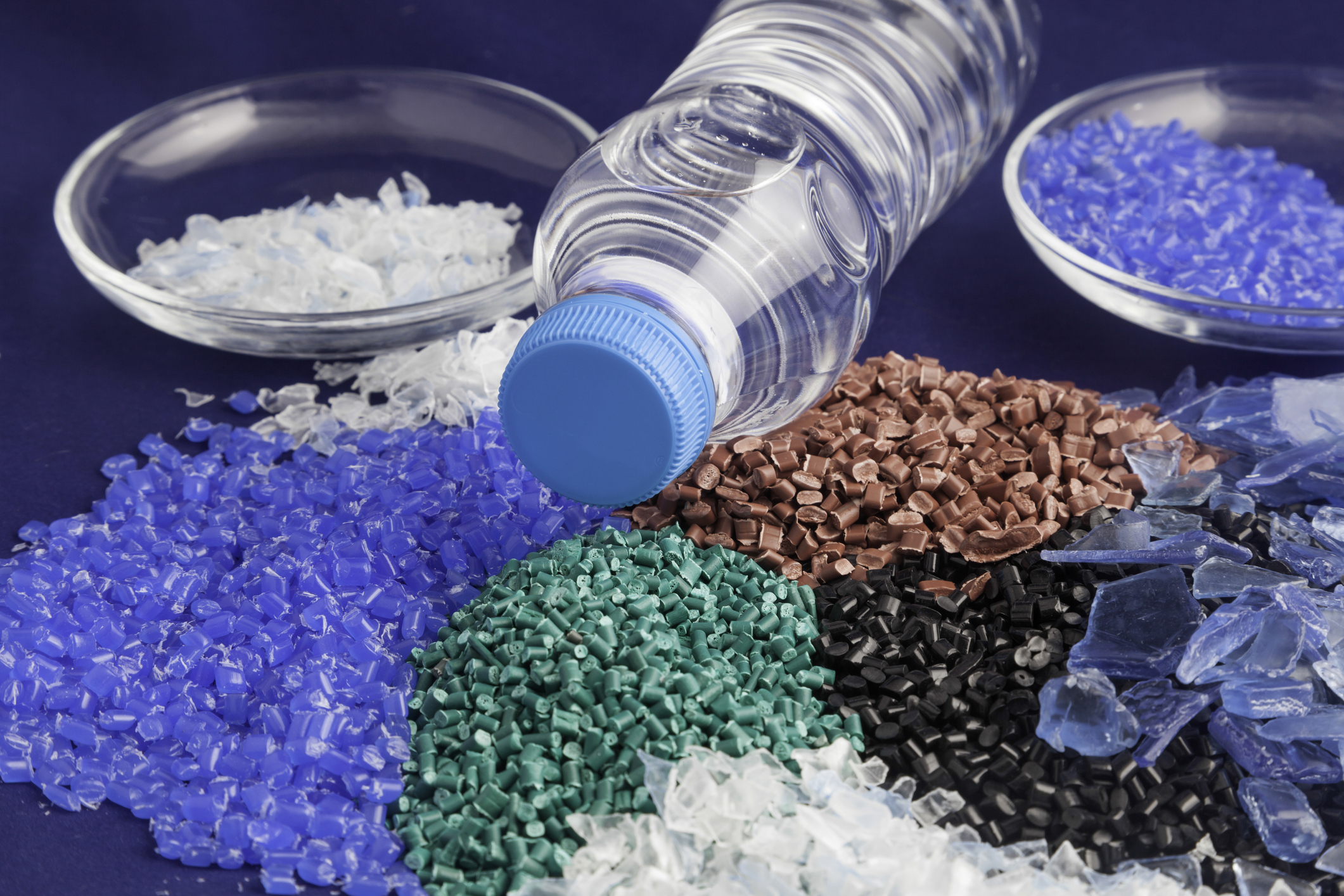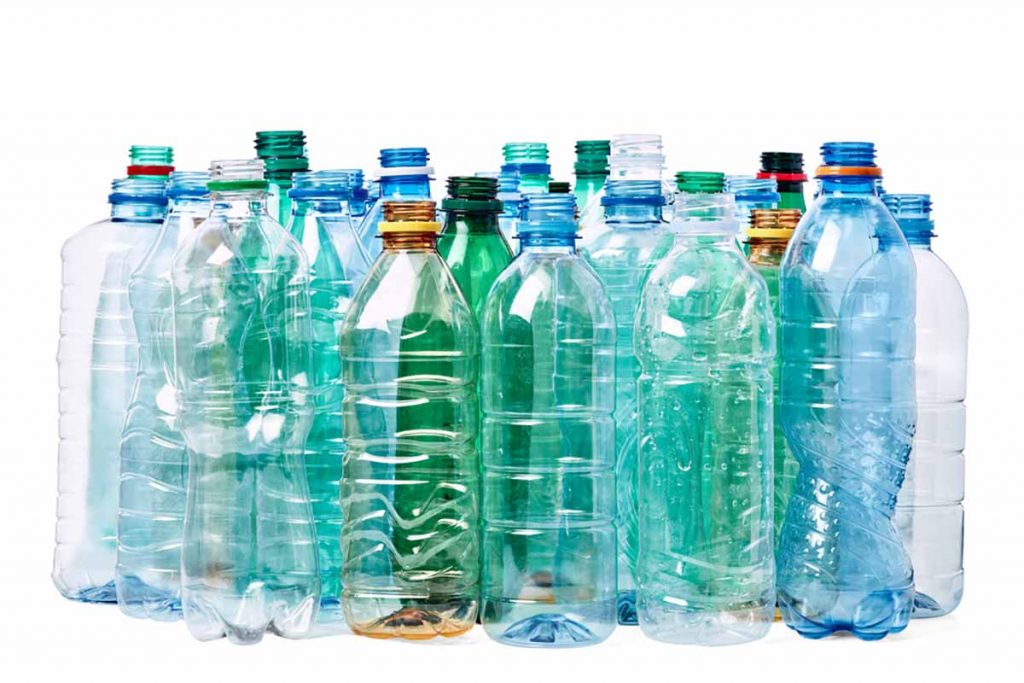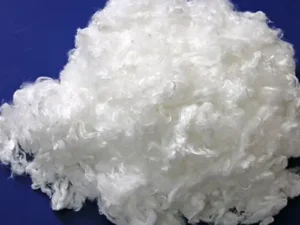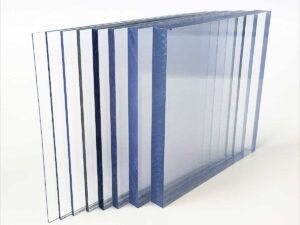Description
Polyethylene Terephthalate (PET): The Ubiquitous Polymer Shaping Our World
Polyethylene Terephthalate, more commonly known as PET or PETE, is a ubiquitous thermoplastic polymer that has become an integral part of our modern lives. From the water bottles we drink from to the fibers that make up our clothing, PET’s versatility, affordability, and recyclability have propelled it to the forefront of materials science. This article delves into the properties, applications, production, and environmental considerations surrounding this fascinating and essential polymer.
What is PET?
PET is a strong, lightweight, and transparent polymer belonging to the polyester family. It’s created through a process called polymerization, where monomers – in this case, ethylene glycol and terephthalic acid – are linked together to form long chains. These chains interlock to create a solid material with excellent chemical and temperature resistance.
Key Properties of PET:
- High Strength and Durability: PET can withstand significant stress and is resistant to tearing and puncturing, making it ideal for packaging applications.
- Transparency and Clarity: Its inherent transparency allows for clear visualization of the contents within, a crucial factor for food and beverage containers.
- Chemical Resistance: PET resists degradation from many chemicals, including acids, solvents, and oils, preserving the integrity of the products it contains.
- Lightweight: Compared to glass and other materials, PET is significantly lighter, reducing transportation costs and fuel consumption.
- Recyclability: PET is highly recyclable and can be processed into new products, minimizing its environmental impact.
- Barrier Properties: PET provides a good barrier against oxygen and carbon dioxide, preserving the freshness and shelf life of food and beverages.
Applications of PET:
The versatility of PET has led to its widespread adoption across numerous industries:
- Packaging: This is arguably PET’s most well-known application. It’s used extensively in the production of:
- Bottles: Water, soft drinks, juices, and cooking oils are commonly packaged in PET bottles.
- Food Containers: PET is employed for packaging processed foods, salads, and bakery items.
- Cosmetic and Household Product Containers: Shampoo, detergents, and lotions often come in PET bottles.
- Textiles: PET fibers, often referred to as polyester, are used to create a wide range of textiles, including:
- Clothing: Sportswear, fleece garments, and linings are frequently made from recycled PET fibers.
- Carpets and Upholstery: PET fibers offer durability and stain resistance, making them suitable for these applications.
- Industrial Fabrics: PET is used in the production of seatbelts, tire cords, and conveyor belts.
- Films and Sheets: PET films and sheets find application in:
- Photography and X-ray Films: PET serves as a stable and durable base for these sensitive materials.
- Packaging Films: PET films are laminated to other materials to create flexible packaging for food and snacks.
- Electrical Insulation: PET films offer excellent dielectric properties and are used as insulation in electrical components.
- Other Applications:
- Medical Implants: PET is used in some medical implants due to its biocompatibility and strength.
- Automotive Parts: PET reinforced with glass fibers is used in the production of some automotive components.
Production of PET:
The production of PET involves a multi-step process. It begins with the reaction of ethylene glycol and terephthalic acid or dimethyl terephthalate (DMT) in the presence of a catalyst. This initial reaction produces a low-molecular-weight PET prepolymer. The prepolymer is then further processed under vacuum at high temperatures to increase its molecular weight and improve its properties. The resulting PET resin can then be molded, extruded, or spun into various forms depending on the intended application.
Environmental Considerations and Recycling:
While PET offers numerous benefits, its widespread use raises environmental concerns, primarily related to waste management and resource depletion. Fortunately, PET is highly recyclable, and significant efforts are being made worldwide to increase PET recycling rates.
- Recycling Process: Recycled PET (rPET) can be produced through mechanical or chemical recycling processes.
- Mechanical Recycling: This involves sorting, cleaning, and melting down PET waste into new products.
- Chemical Recycling: This process breaks down PET into its constituent monomers, which can then be used to produce virgin-quality PET.
- Benefits of Recycling:
- Reduced Landfill Waste: Recycling PET diverts it from landfills, conserving valuable landfill space.
- Conservation of Resources: Using recycled PET reduces the need for virgin raw materials, such as crude oil.
- Lower Energy Consumption: Producing rPET requires less energy compared to producing virgin PET.
- Reduced Greenhouse Gas Emissions: Recycling PET reduces greenhouse gas emissions associated with the production of virgin PET.
Challenges and Future Directions:
Despite the progress made in PET recycling, challenges remain in achieving higher recycling rates and developing more sustainable solutions. These challenges include:
- Contamination: Contamination of PET waste with other materials can hinder the recycling process.
- Collection and Sorting: Improving collection and sorting infrastructure is crucial for increasing the availability of PET for recycling.
- Developing Chemical Recycling Technologies: Chemical recycling holds promise for recycling contaminated or mixed PET waste streams, but further development is needed.
- Bio-based PET: Researchers are exploring the production of PET from bio-based feedstocks, such as sugars derived from plants. This could further reduce the environmental impact of PET production.
Conclusion:
Polyethylene Terephthalate (PET) is a remarkable polymer that has revolutionized packaging, textiles, and many other industries. Its combination of strength, clarity, lightweight properties, and recyclability make it an indispensable material in our modern world. While environmental concerns related to waste management and resource depletion remain, ongoing efforts to improve recycling technologies and develop more sustainable PET production methods promise a future where PET continues to play a vital role in a more environmentally responsible way. As consumers, manufacturers, and policymakers continue to prioritize sustainability, PET will undoubtedly evolve to meet the challenges of a circular economy.











Reviews
There are no reviews yet.